The Lisa Pathfinder will test equipment for an orbiting observatory that will peer into the universe’s darkest corners.
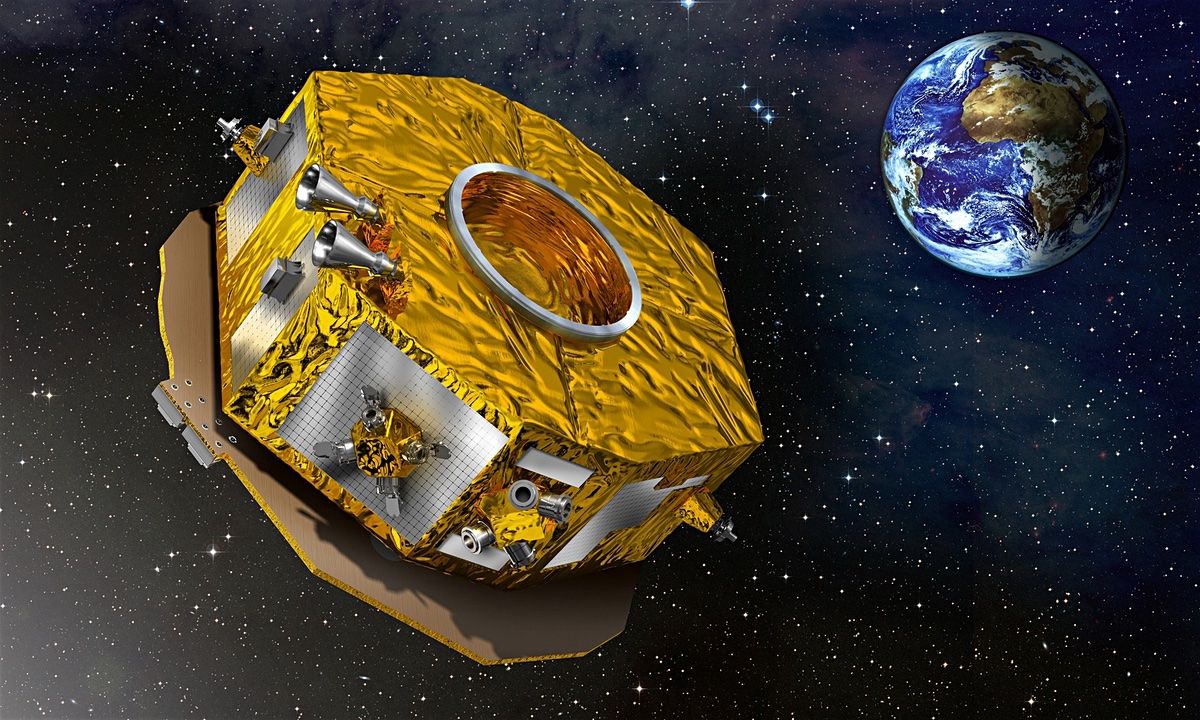

The Lisa Pathfinder will test equipment for an orbiting observatory that will peer into the universe’s darkest corners.
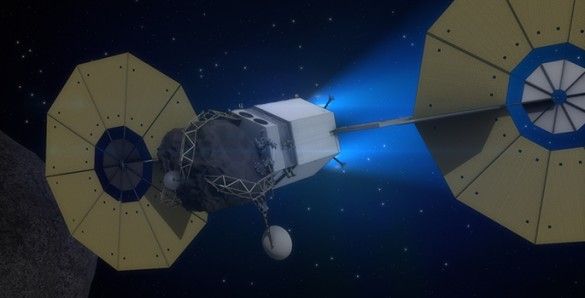
“The opportunity to be involved in such a project as a graduate student is an amazing opportunity,” said Anna Egner, who is leading the team’s effort to build a mock-up of the spectroscope for an actual payload package. “Having always been enchanted and intrigued by physics and astronomy, working on an instrument that might one day fly into space is awesomely exciting.”
The first commercial missions to nearby asteroids could launch as early as 2020, but it will be decades before asteroid mining begins in earnest. In the meantime, the new spectroscopic technology promises to provide planetary scientists with new details about the chemical composition of the asteroids, comets, moons and minor planets in the solar system: information that is certain to improve our understanding of how the solar system formed. In addition, it could become an important tool in the planetary defense arsenal because it can determine whether objects crossing Earth’s orbit are made from rock or ice.
Media Inquiries: David Salisbury, (615) 322-NEWS [email protected]
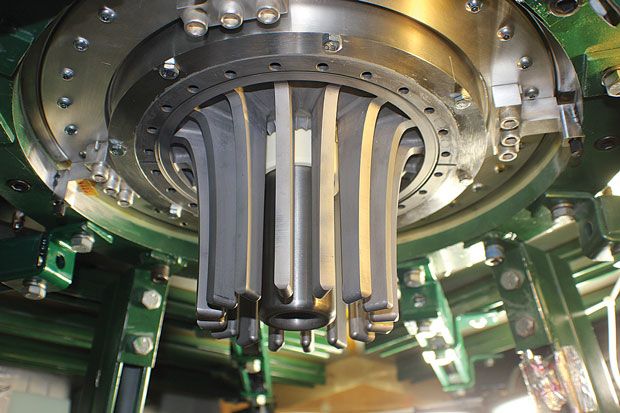
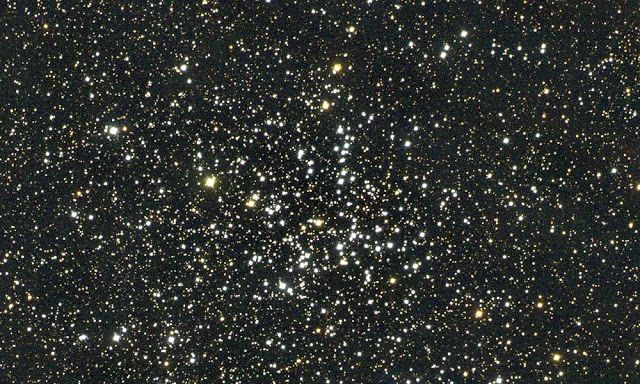
It may hurt your brain to think about it, but it appears that the answer is possibly to be yes, or at least the numbers are almost in the same ballpark.
Astrophysicists in fact set out to answer this question about a decade ago. It’s a complicated problem to solve, but it’s somewhat easier if you throw in a couple of qualifiers — that we are talking about stars in the observable universe; and grains of sand on the whole planet, not just the seashores.
The researchers started by calculating the luminosity density of a section of the cosmos — this is a calculation of how much light is in that space. They then utilized this calculation to guess the number of stars needed to make that amount of light. This was quite a mathematical challenge!
“You have to suppose that you can have one type of star signify all types of stars,” says astrophysicist Simon Driver, Professor at the International Centre for Radio Astronomy Research in Western Australia and one of the researchers who worked on the question.
“Then let’s suppose, on average, this is a normal mass star that gives out the normal amount of light, so if I know that a part of the universe is producing this amount of light, I can now say how many stars that would associate to.”
Now armed with a guess of the number of stars within a section of the cosmos, the next challenge was to work out the size of the cosmos. Given we know that the cosmos is 13.8 billion years old, we can suppose that we exist in a sphere 13.8 billion light years in volume. But there’s a catch: the universe is possibly immeasurable in size.
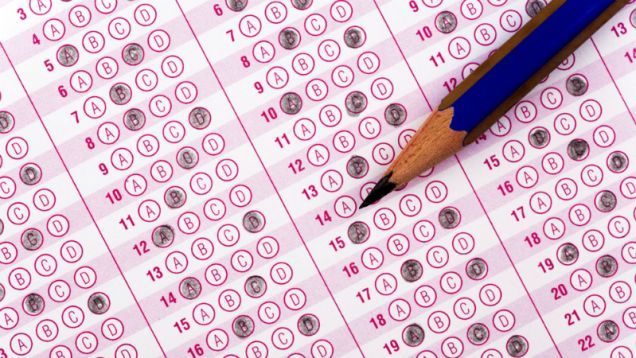
An artificial intelligence program received such high scores on a standardized test that it’d have an 80% chance of getting into a Japanese university.
The Wall Street Journal reports that the program, developed by Japan’s National Institute of Informatics, took a multi-subject college entrance exam and passed with an above-average score of 511 points out of a possible 950. (The national average is 416.) With scores like that, it has an 8 out of 10 chance of being admitted to 441 private institutions in Japan, and 33 national ones.
The AI took some time to perfect, and it still has a ways to go. The team had been working on the program since 2011, the same year IBM’s Watson dominated Jeopardy! champions Ken Jennings and Brad Rutter in a multi-day tournament. Previously, the Japanese AI program had received below-average results, but this time around, the robot did particularly well in math and history questions, which have straightforward answers, but it still received iffy marks in the physics section of the test, which requires advanced language processing skills.

Where do we come from? There are many right answers to this question, and the one you get often depends on who you ask.
For example, an astrophysicist might say that the chemical components of our bodies were first forged in the nuclear fires of stars.
On the other hand, an evolutionary biologist might look at the similarities between our DNA and that of other primates’ and conclude we evolved from apes.
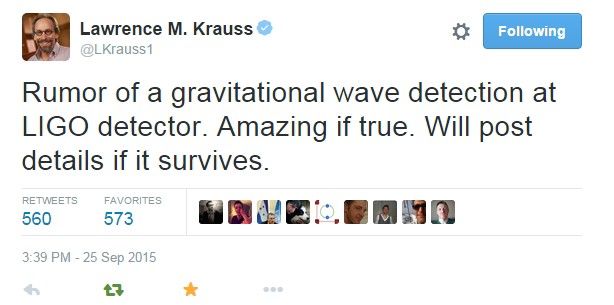
Astrophysicists have concluded the yet most precise search for the gravitational wave background created by supermassive black hole mergers. But the expected signal isn’t there.
Last month, Lawrence Krauss rumored that the newly updated gravitational wave detector LIGO had seen its first signal. The news spread quickly – and was shot down almost as quickly. The new detector still had to be calibrated, a member of the collaboration explained, and a week later it emerged that the signal was probably a test run.
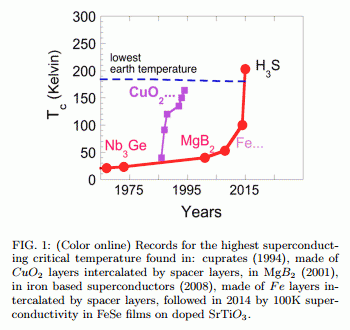
The world of superconductivity is in uproar. Last year, Mikhail Eremets and a couple of pals from the Max Planck Institute for Chemistry in Mainz, Germany, made the extraordinary claim that they had seen hydrogen sulphide superconducting at −70 °C. That’s some 20 degrees hotter than any other material—a huge increase over the current record.
Eremets and co have worked hard to conjure up the final pieces of conclusive evidence. A few weeks ago, their paper was finally published in the peer reviewed journal Nature, giving it the rubber stamp of respectability that mainstream physics requires. Suddenly, superconductivity is back in the headlines.
Today, Antonio Bianconi and Thomas Jarlborg at the Rome International Center for Materials Science Superstripes in Italy provide a review of this exciting field. These guys give an overview of Eremet and co’s discovery and a treatment of the theoretical work that attempts to explain it.
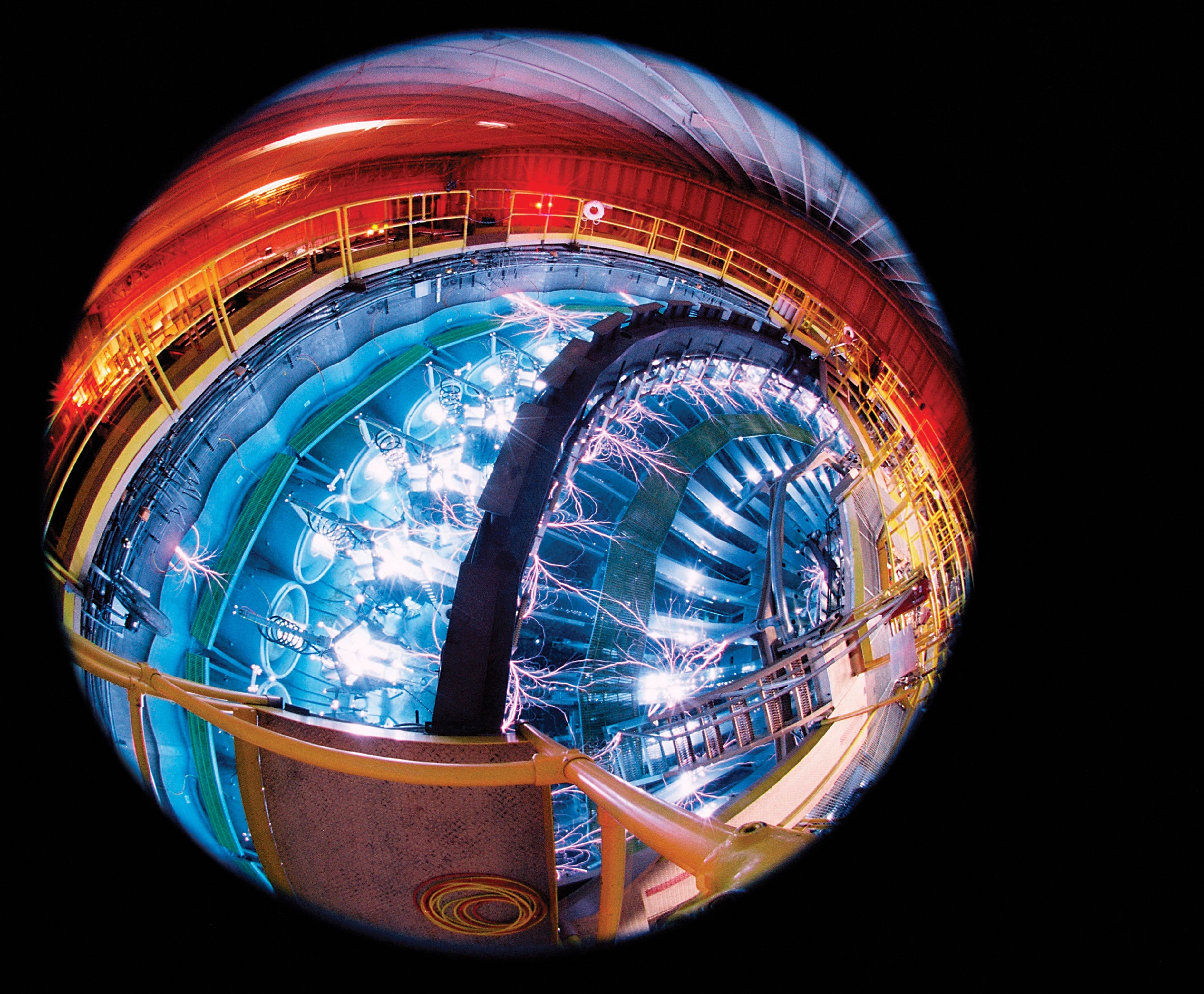

Earthlings, meet the EmDrive, the rocket of the future.
Allegedly, Eagleworks Labs at NASA’s Johnson Space Center has defied a Newtonian law of physics and created a futuristic warp drive. If it’s real, it could be the most exciting breakthrough in space-travel technology to date: an engine that gets from point A to point B without using any fuel — and does it crazy fast.
Despite months of skepticism, our nation’s aerospace agency wants you to believe its latest findings are legit. Recent studies purportedly prove the EmDrive’s authenticity. Even NASA researcher Paul March hopped on a (non-NASA-affiliated) spaceflight forum to chat about the agency’s findings.